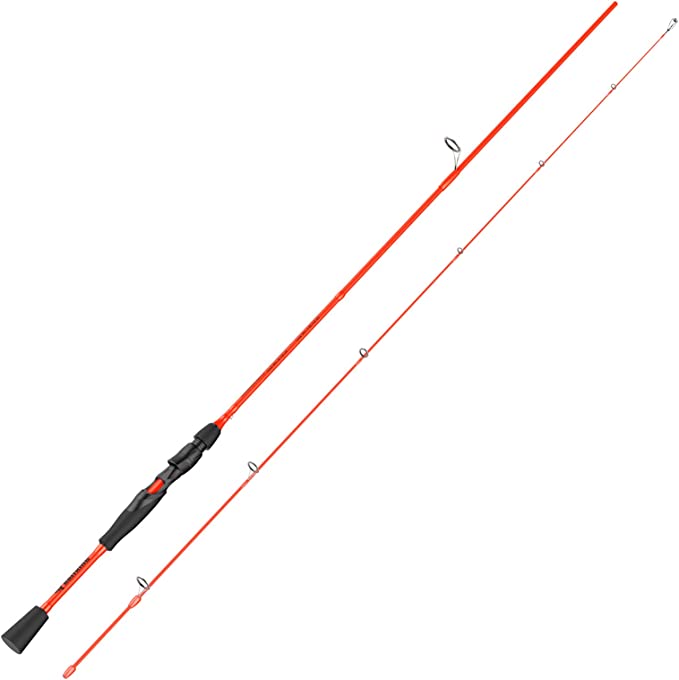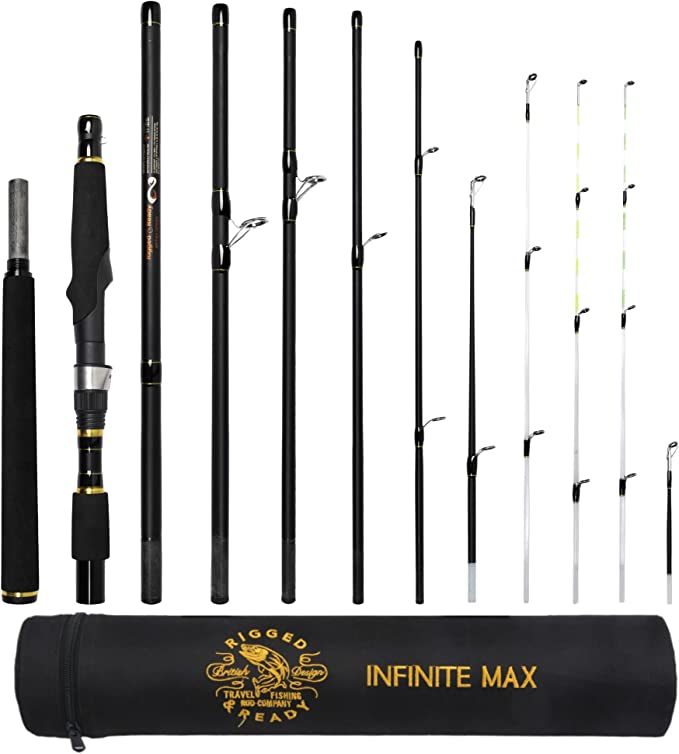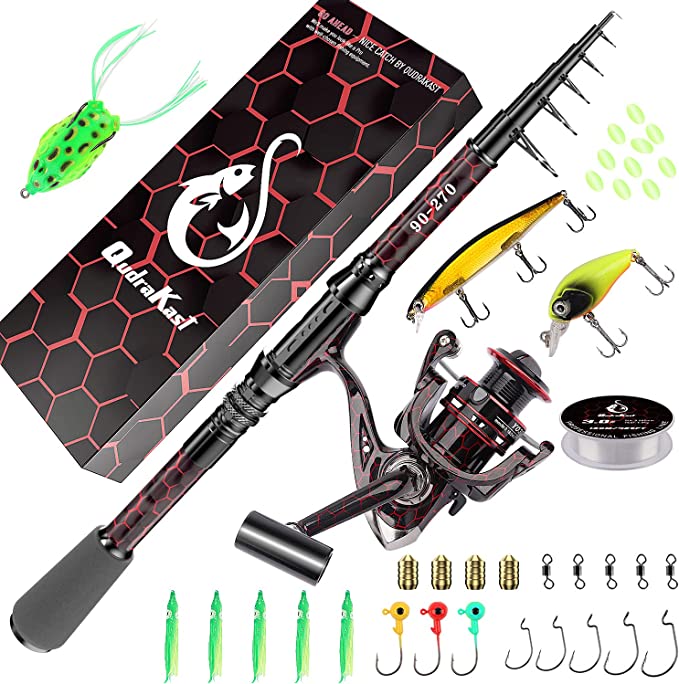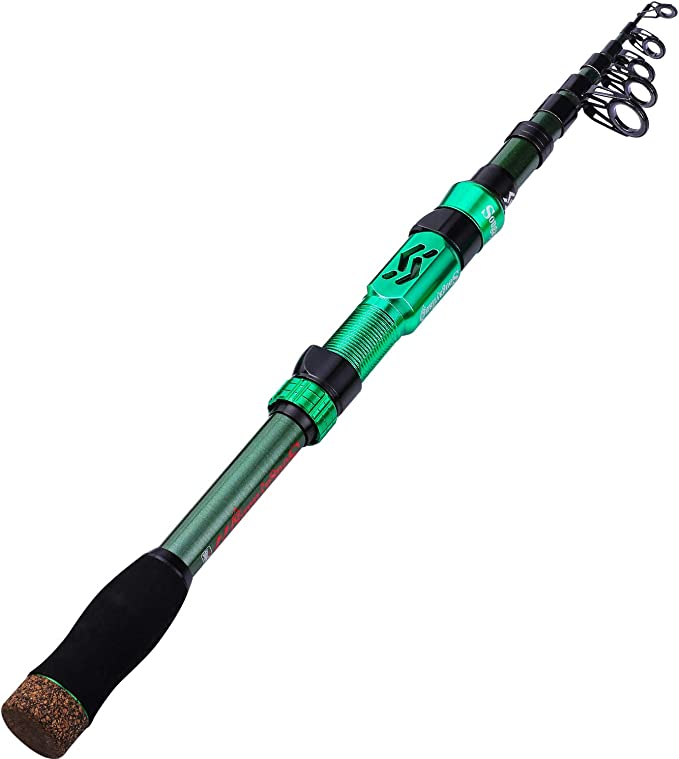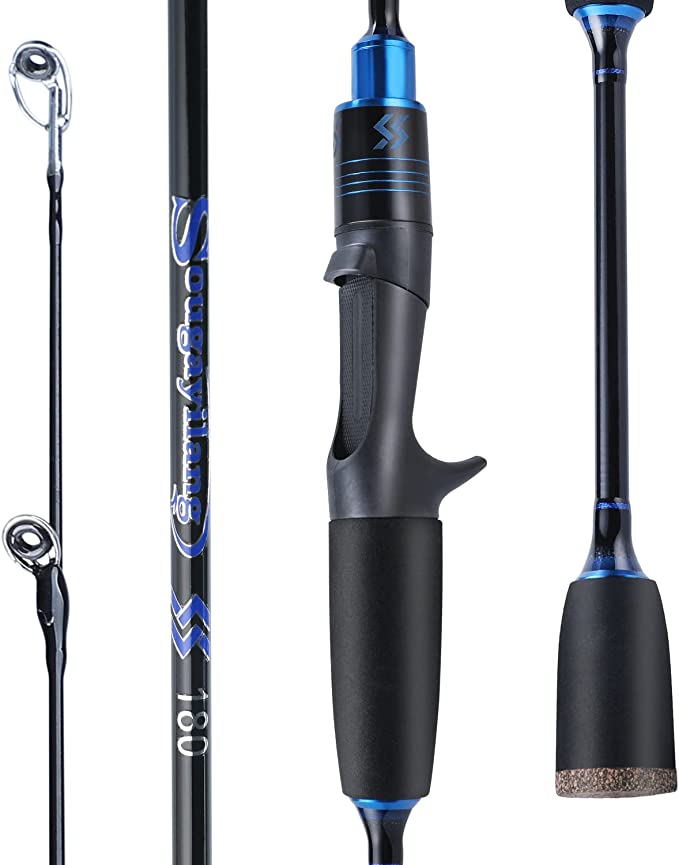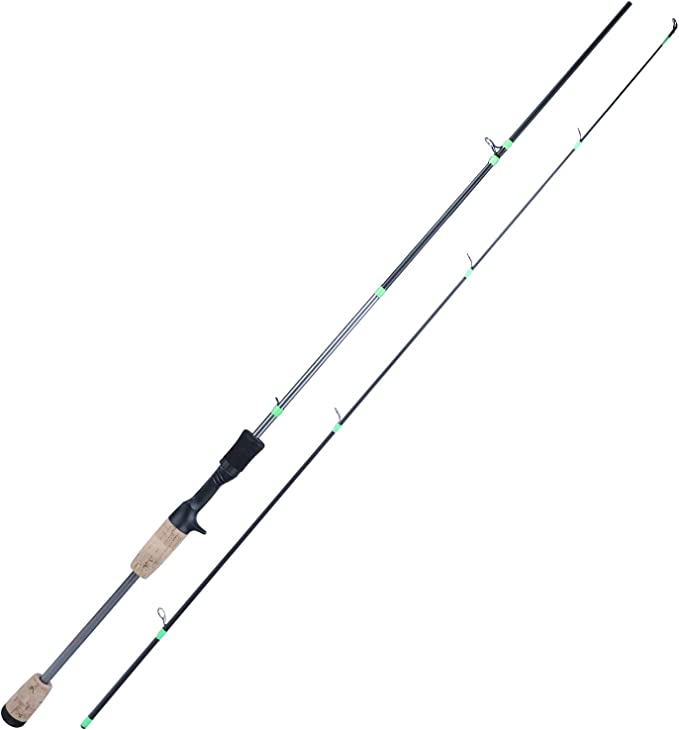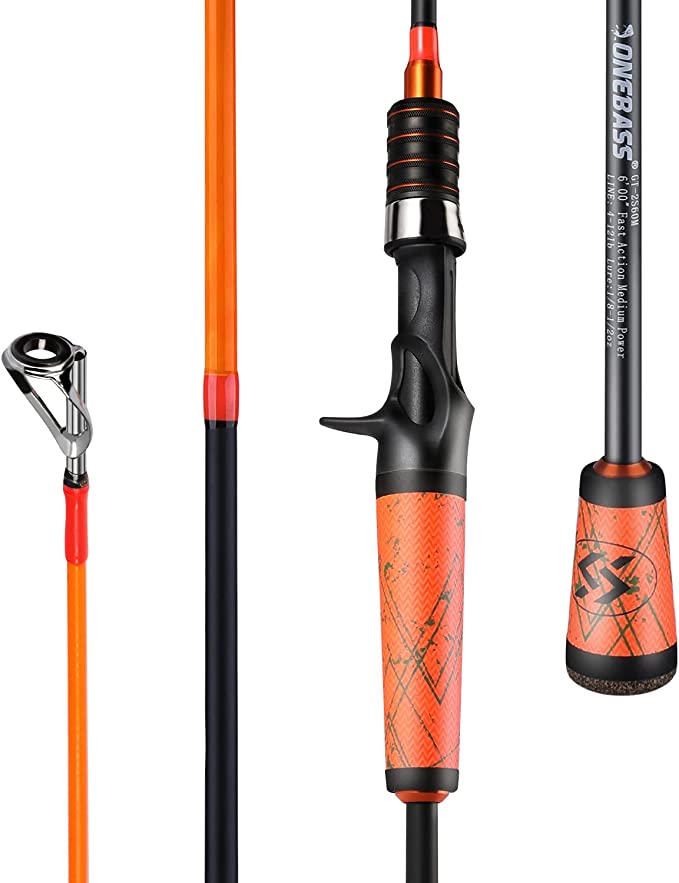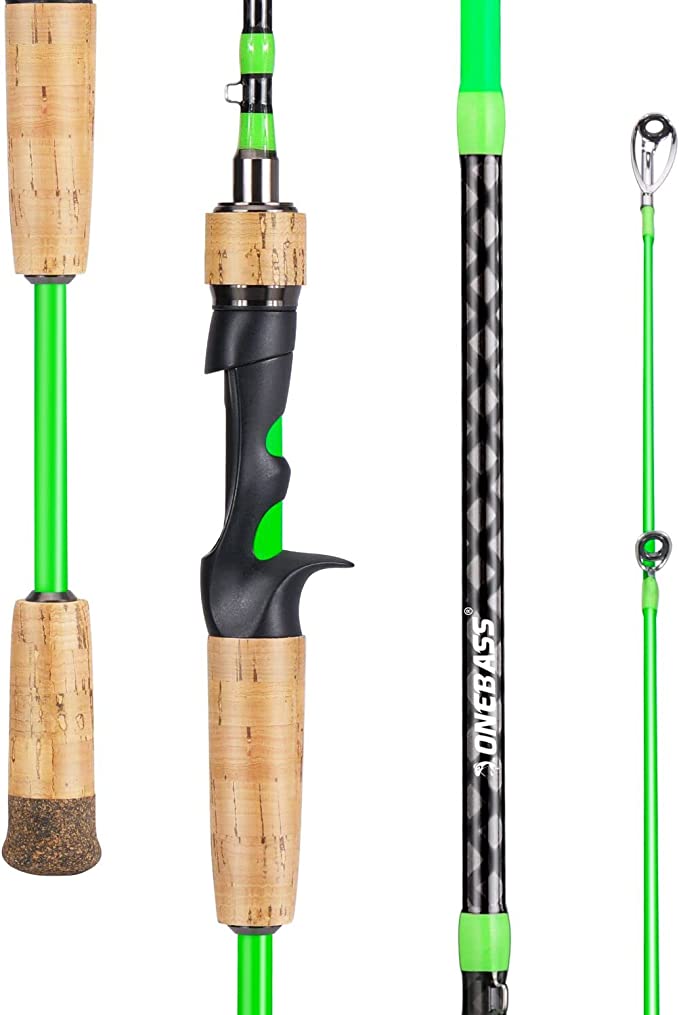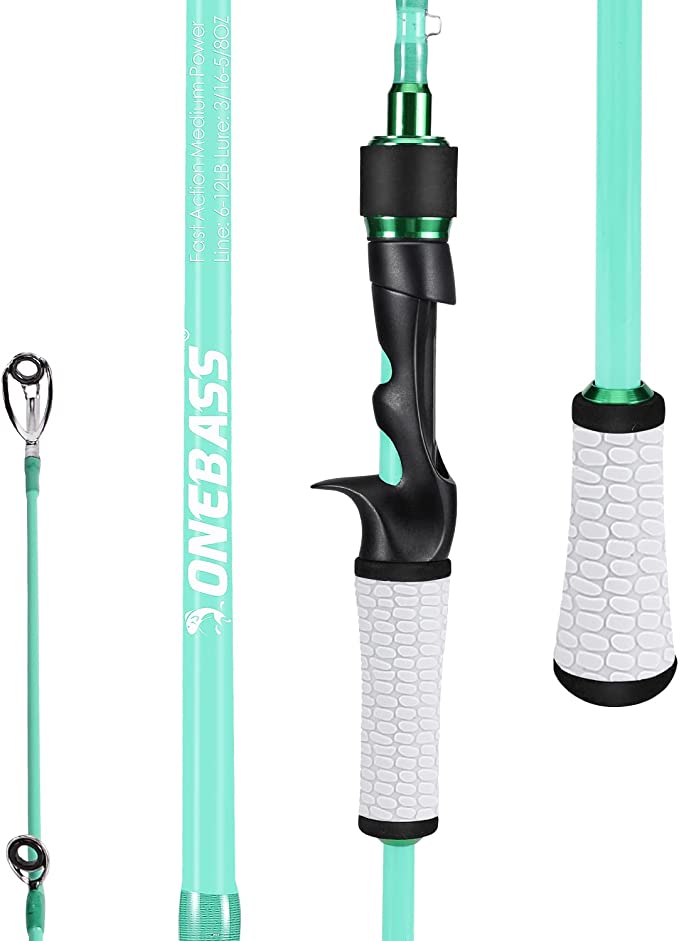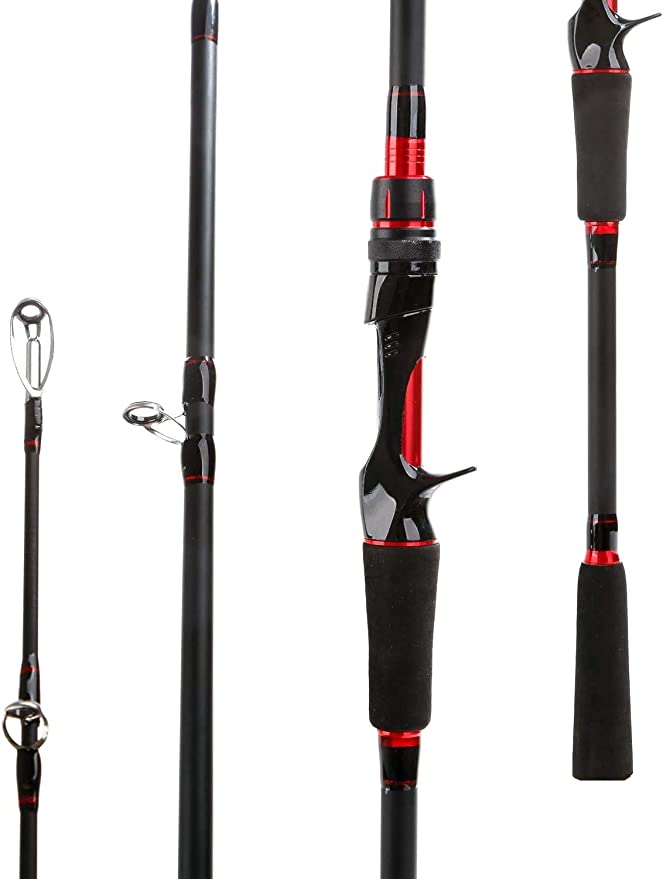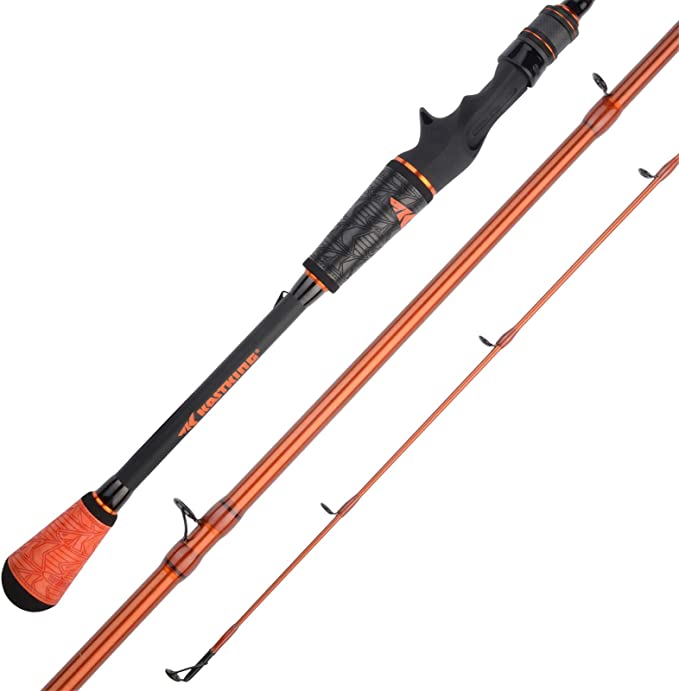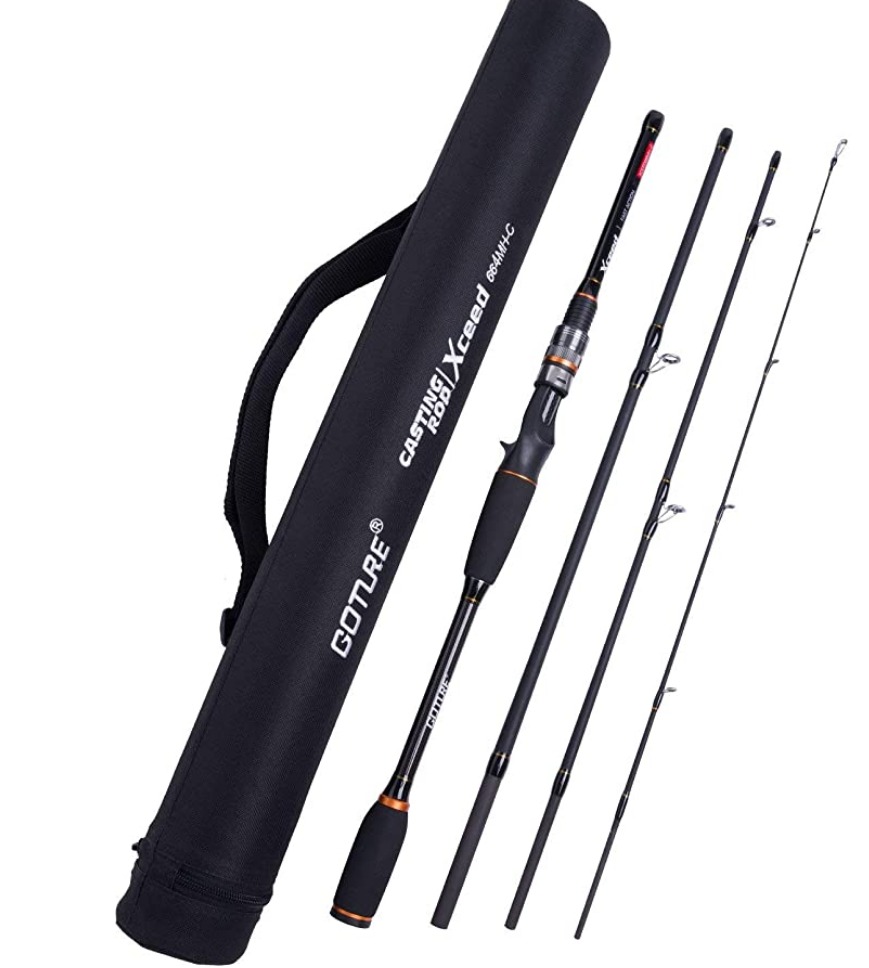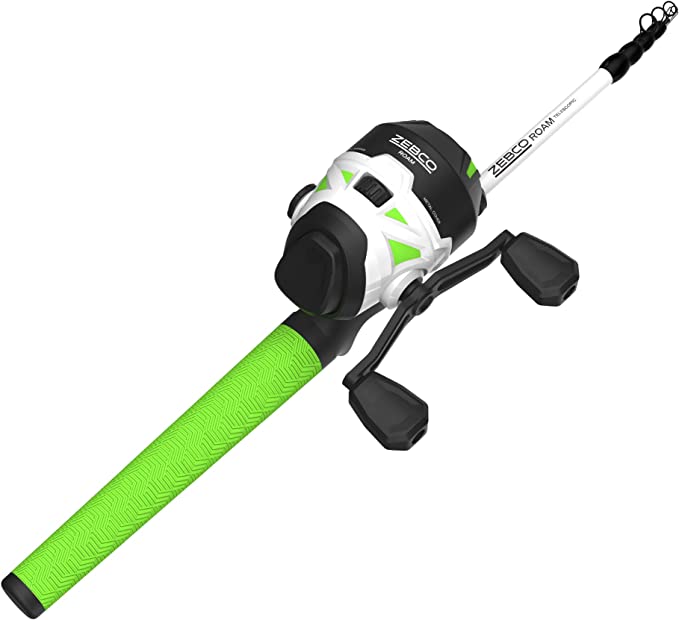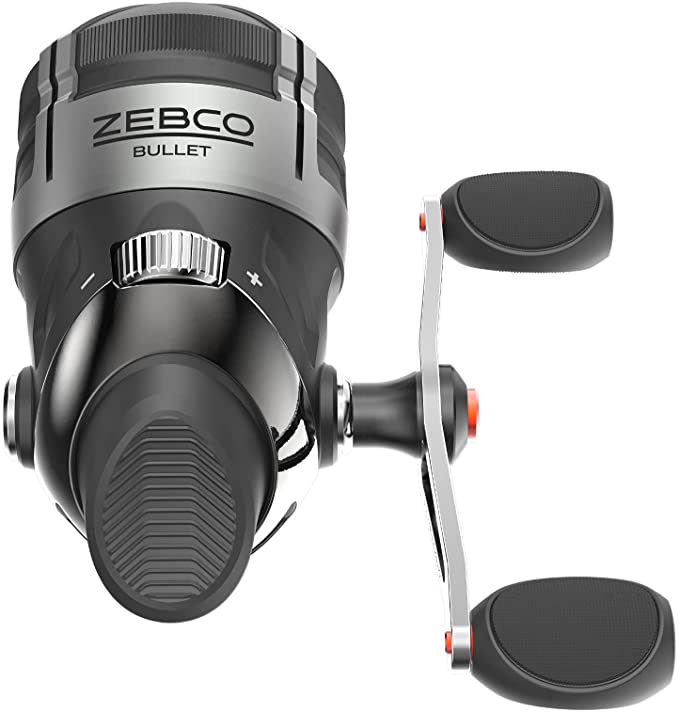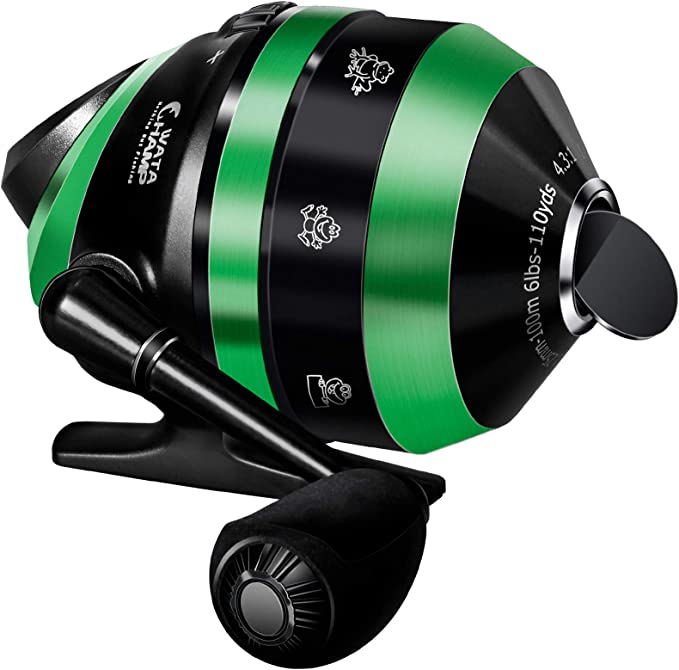The Science of a Legend: Deconstructing the Ugly Stik Elite Spinning Combo
Update on Aug. 2, 2025, 5:51 a.m.
For decades, the Ugly Stik has held an almost mythical status among anglers. Tales abound of rods being accidentally run over by trucks, slammed in tailgates, and bent into impossible arcs, only to emerge unscathed and ready to fish another day. This reputation for sheer toughness is legendary. But in the world of modern fishing, brute strength is only half the equation. The ultimate challenge for any rod designer is to solve a fundamental engineering paradox: how do you build something incredibly durable that is also sensitive enough to transmit the most subtle bite?
The Ugly Stik Elite Spinning Combo is a masterclass in solving this very problem. It’s more than just a tough rod and a functional reel; it’s a carefully balanced system where material science and mechanical physics converge. To truly appreciate it, we need to look past the brand name and delve into the engineering principles that make it work.
The Soul of the Rod: Engineering Strength and Sensitivity with Ugly Tech
At the heart of any fishing rod is a battle between two key properties: durability and sensitivity. Traditionally, these were mutually exclusive. You could have a stiff, lightweight graphite rod that let you feel every pebble on the bottom but might snap under extreme stress, or a flexible, heavy fiberglass rod that could survive almost any abuse but felt numb in your hands. The genius of the Ugly Stik Elite lies in its refusal to choose.
The solution is found in its Ugly Tech™ construction, a prime example of composite material science.
-
Graphite: The Nervous System: Imagine graphite as the rod’s nervous system. Its fibers are incredibly stiff and lightweight. In physics, this is described as having a high modulus of elasticity, meaning it resists bending and, more importantly, transmits vibrations with exceptional efficiency. This is what allows an angler to feel a bass inhale a soft plastic lure from dozens of yards away. The product page for the Elite mentions it contains 35% more graphite than its popular GX2 predecessor. From an engineering perspective, this increase is a direct effort to enhance sensitivity and reduce overall weight, making the rod less fatiguing to cast all day.
-
Fiberglass: The Skeleton: If graphite is the nervous system, fiberglass is the rugged skeleton. Fiberglass is renowned for its incredible durability and flexibility. It can bend to extreme angles without fracturing, absorbing shock and stress that would shatter a pure graphite rod. This is the source of the legendary Ugly Stik toughness. However, its lower modulus means it dampens vibrations, making it a poor choice on its own for sensitive applications.
By blending graphite and fiberglass fibers into a single composite blank, engineers create a material that inherits the best qualities of both. The graphite provides the crispness and sensitivity needed for effective lure presentation and bite detection, while the fiberglass provides the underlying strength and forgiveness that allows the rod to withstand the chaotic reality of a real-world fishing trip. This is further enhanced by the signature Ugly Stik Clear Tip®. This iconic design features a solid fiberglass tip section, which adds exceptional strength right where rods are most vulnerable to high-sticking breaks, while also providing a highly visible indicator for those light “tick” bites.
Translating Physics into Performance: Rod Action and Power
A rod blank is essentially a cantilever beam, designed to store and release energy. How it does this is defined by two key terms: power and action. The Ugly Stik Elite model USESP662M/30CBO is rated as Medium Power and Medium-Fast Action, a combination that is arguably one of the most versatile for North American freshwater fishing.
Power refers to the rod’s lifting strength—how much force it takes to bend it. A “Medium” power rating makes it the jack-of-all-trades, strong enough to pull a bass out of moderate cover and handle larger lures like spinnerbaits, yet light enough not to overpower the fight of a smaller fish or make casting lighter lures feel like work.
Action, on the other hand, describes where the rod bends along its length. A “Medium-Fast” action means that the primary bend occurs in the top third to quarter of the rod blank. This is a critical performance characteristic. It allows for quick, accurate casts because only the tip section needs to load and unload. For setting the hook, it provides a rapid transfer of energy from the angler’s arm to the hook point. Yet, it still has enough flex deeper in the blank to absorb the sudden lunges of a fighting fish, preventing the hook from tearing out. This action is the perfect compromise for an angler who might be throwing a topwater plug one minute and a Texas-rigged worm the next.
This energy is channeled through the UglyTuff™ guides, which are designed with one-piece stainless steel construction to prevent the inner ceramic inserts from popping out—a common and frustrating failure point on lesser rods when they are banged around in a boat or on the trail.
The Engine of the Fight: Deconstructing the Spinning Reel
If the rod is the chassis and suspension, the reel is the engine and transmission. The size 30 reel in this combo is a well-matched machine designed to complement the rod’s capabilities.
At its core is a gear system with a ratio of $5.2:1$. This number provides deep insight into its performance. It means that for every single complete turn of the handle, the rotor and bail assembly spins around the spool 5.2 times. This represents an elegant engineering compromise. It’s fast enough to quickly pick up slack line when a fish runs towards you, but it also provides enough torque (a rotational force) to be considered a powerful, winching gear ratio. This is a classic example of mechanical advantage, trading a small amount of speed for a significant increase in cranking power, which is essential when trying to turn a stubborn fish away from a snag.
The smoothness of this operation comes from a 5-ball bearing system. In any mechanical system, friction is the enemy of efficiency. Ball bearings are placed at key stress points within the reel’s drivetrain to reduce this friction, resulting in a smoother, easier retrieve and increasing the lifespan of the internal components.
Finally, two features work in concert during the most critical moment: the hookset and the fight. The Instant Anti-Reverse system is a one-way clutch bearing that prevents any backward play in the handle. When you set the hook, all your energy is transferred directly to the line, resulting in a solid connection. Once the fish is on, the drag system takes over. This is simply a set of washers that create controlled friction, allowing a powerful fish to pull line from the spool at a specific pressure (up to its 10lb max). This protects your line from snapping and ultimately tires the fish out.
Engineered to Empower
In the end, the Ugly Stik Elite Spinning Combo is more than the sum of its parts. It’s a testament to smart, accessible engineering. It demonstrates how the abstract principles of composite material science can create a rod that is both tough and sensitive. It shows how the simple physics of gears and friction can be harnessed in a reel to give an angler control over the fight.
This isn’t just about being unbreakable anymore. It’s about building a reliable, balanced tool that instills confidence. Understanding the science woven into its design doesn’t just make you appreciate the gear more; it makes you a more knowledgeable, and ultimately more effective, angler.
